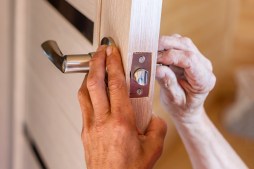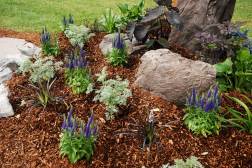Top 5 Materials for Durable and Stylish Outdoor Planters
Choosing the right material for your outdoor planters is essential to ensure they withstand the elements while complementing your garden’s aesthetic. With so many options available, it can be challenging to decide which material offers durability, style, and functionality. This article explores the top five materials that excel in outdoor conditions, helping you pick the perfect planter for your space.
Terracotta: Classic and Breathable
Terracotta planters are a timeless choice known for their warm, earthy appearance. Made from natural clay, these pots are porous, allowing air and moisture to pass through, which promotes healthy root growth. However, terracotta can be prone to cracking in freezing temperatures, so it’s best suited for milder climates or brought indoors during winter months.
Fiberglass: Lightweight and Versatile
Fiberglass planters are gaining popularity due to their lightweight structure and versatility in design. They mimic the look of stone or ceramic but are more durable against weather changes. These planters resist fading and cracking and can easily be moved around your garden or patio without hassle.
Concrete: Strong and Modern
Concrete planters offer exceptional durability with a modern industrial aesthetic. They withstand harsh weather conditions without deteriorating and provide excellent insulation for plant roots against temperature extremes. While heavier than other materials, their sturdiness makes them ideal for larger plants or windy locations.
Metal: Sleek with Longevity Considerations
Metal planters bring a sleek contemporary look to outdoor spaces. Materials like stainless steel or aluminum resist rust better than iron or steel but may still require protective coatings to maintain their finish over time. Metals absorb heat quickly, so careful plant selection is necessary to prevent root damage during hot days.
Wood: Natural Beauty with Maintenance Needs
Wooden planters add natural warmth and charm to gardens but need regular maintenance such as sealing or staining to protect against rot and insect damage. Cedar and redwood are popular choices due to their natural resistance to decay; however, wooden containers often have shorter lifespans compared to synthetic alternatives unless properly cared for.
Selecting the best material for your outdoor planter depends on your climate, style preference, budget, and maintenance willingness. Whether you favor the rustic appeal of terracotta or the modern edge of concrete, understanding each material’s strengths will help you create a beautiful and lasting garden display.
This text was generated using a large language model, and select text has been reviewed and moderated for purposes such as readability.


